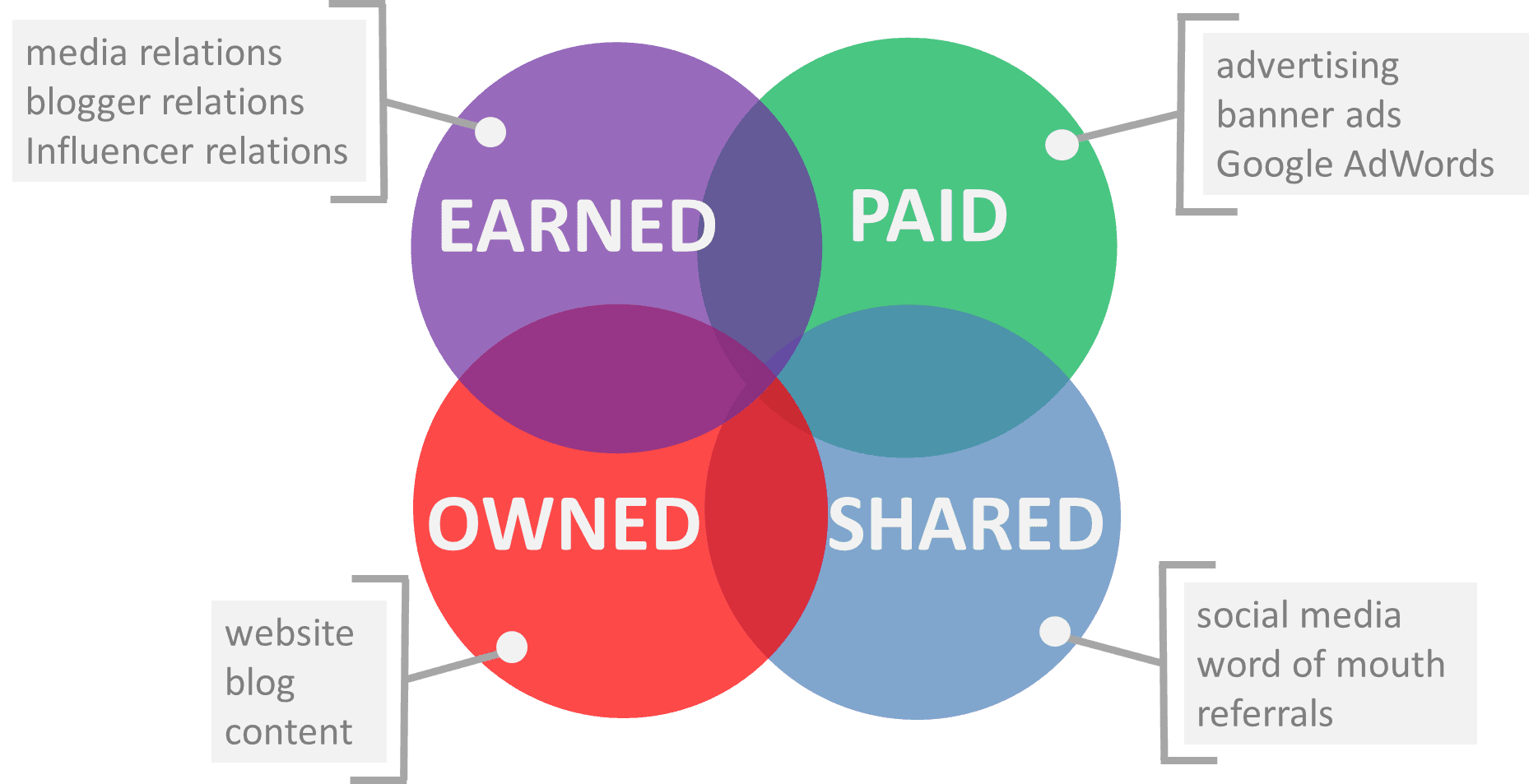Updated 3/1/2011: There are tons of people re-designing, re-tooling or completely re-vamping their websites right now. With all of the new technology, easy set-up and programming-free options out there (not to mention cost-effective), many businesses are taking advantage. The problem is that SEO is still an afterthought. We still hear things like “we’re re-building the site right now, but we will contact you after that so we can start the SEO work”.
Woah there! But we can still do some SEO work even while the site is under redesign or redevelopment. Here are a few tips:
1. Do your keyword research up front. While you are putting together content, page structure, or trying to figure out what CMS you are going to use, now is the time to start keyword research. You want to determine the 5-10 main keywords that you will want to target your site for and methodically build pages, content and links around them. Then, determine the secondary set of keywords that are longer-tail in nature, but support the main keywords. As a rule of thumb, start with words that are not overly-competitive. Choose words that are perhaps more long-tail vs. head terms (like choose “seo page analysis tool” instead of “seo”) and have smaller search volumes. High search volume words (i.e. higher than 5,000 searches per month) can indicate healthy competition for that word or phrase.
2. Keep the architecture simple. No need for 5 and 6 levels of navigation for most sites. Two is usually good, with 3 for more complex sites with user-generated content or e-commerce. The idea is that you want most of your pages accessible within 2 clicks. That means it’s not only going to be easy for human visitors to find your content, but easier for the Googlebot too. Create an XML sitemap, and determine how you will organize your content. Our strategy is fairly simple – group related content together and create content that Google thinks is related, or that Google would suggest as an alternative search. (see our architecture sample below). You can also use footer links kind of like how PEER 1 does here to link out to deeper nested pages. Always use “clean URLs” and trailing slashes in terms of URL structure – it’s good for SEO. Also make sure you define your canonical URL, or primary URL, such as “www.site.com” and”site.com”. Those are considered to be two different websites, and you don’t want Google to determine which one you prefer.
3. Check your inbound links for anchor text enhancements. Our Competitor Analysis report will uncover your inbound link profile and use of anchor text compared to your competition. You can read how the right anchor text will improve your search engine rankings on our blog. We get them straight from Yahoo SiteExplorer or Open Site Explorer, and while the new site is under development, you can try to re-target some of these links to the new pages with more descriptive anchor text.
4. Make sure you re-direct all of the old pages. Many site owners forget this very important step. Many times when you launch a new site, the old pages are still in Google’s index, but no longer available on your site. In this case, a search result can have one of these “old pages” and link to a 404 error. To fix this, you need to do a proper 301 redirect from the old page to the new page, or you can remove the page from Google’s index all together.
Need more help? Mozy on over to our affordable plans to help you get this done by signing up for our Starter Plan. No recurring fees, and no commitment. Easy as pie.













